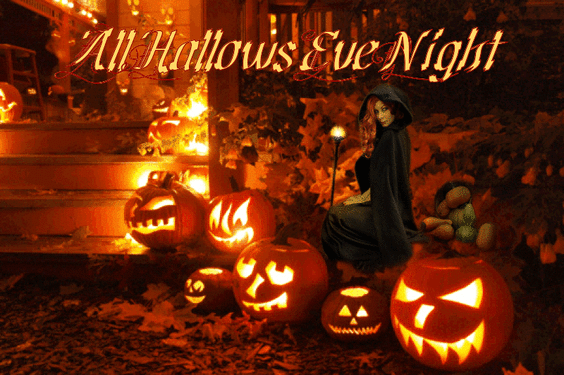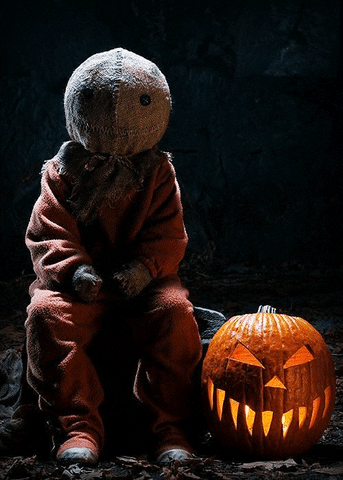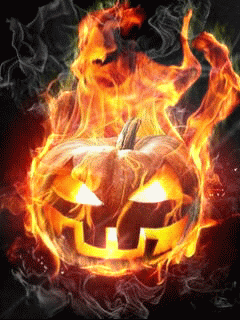🧡Mystic Falls Of Wisdom🧡Dark Kindred 🧡 Set at 18:44 on June 23, 2025
Websites Quote: "All Hallows Eve Night" "Music is by Marilyn Manson This is Halloween"
Member Since: Aug 28, 2016
Last Login: Oct 14, 2025 Times Viewed: 7,279
Times Rated: 85 Rating: 9.993
Rate this profile
I ABSOLUTELY love the falling leaf effect you have going on for autumn.
I love celtic stuff. I am part Irish. I went to a number celtic music concert. Happy halloween as well.
[ All Comments ]
Choose Layout
Phantasm (Default)
Bantam Brown
Cimmerian Red
Eternal Boys
Eternal Girls
Eternal Epicene
Mobile
Oracle Red
VR Classic Blue
VR Classic Green
VR Classic Purple
VR Classic Red














